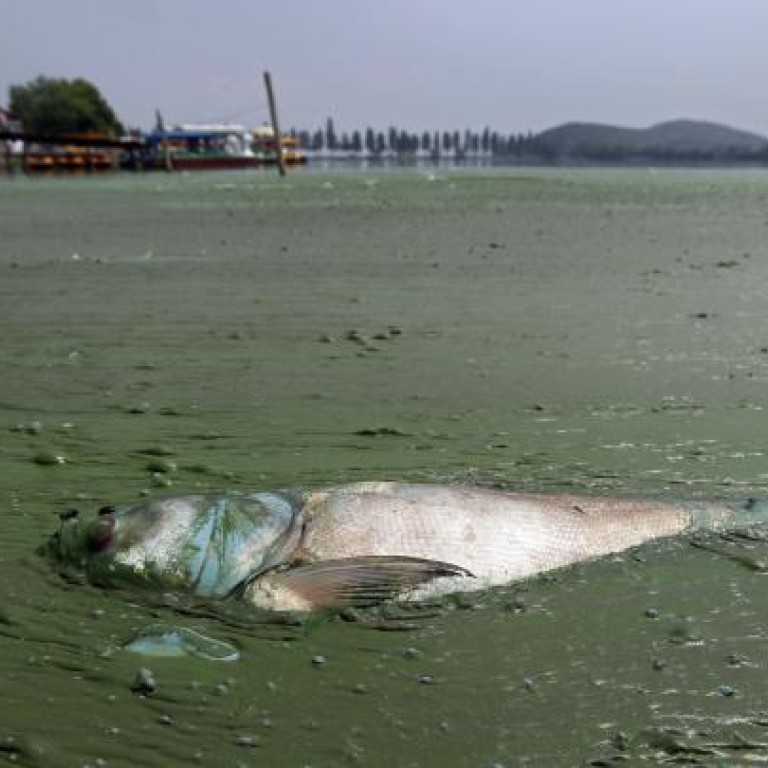
Environmental watchdog admits to 'cancer village' phenomenon
The Ministry of Environmental Protection published a list of so-called cancer villages on the mainland which included five in Jiangsu, three in Henan and at least one in Taiwan.
Severe chemical pollution in China’s water systems has caused the spread of “cancer villages”, the country's top environmental watchdog admitted on Wednesday.
It also confirmed that the levels of pollutants - including endocrine disrupting chemicals (EDCs) which interfere with human hormones - in China’s lakes, rivers and coastal waters had surpassed international levels and the situation was now “very grim”.
Levels of persistent organic pollutants (POPs), compounds resistent to envrionmental degradation and are a known carcinogen, were also reported at dangerously high levels. Many of the chemicals have already been phased out by developed countries, it said.
Reports of cancer villages in the local and international media have become increasingly common in recent years. The term refers to villages, often located close to industrial parks or factories where villagers get sick with cancer.

